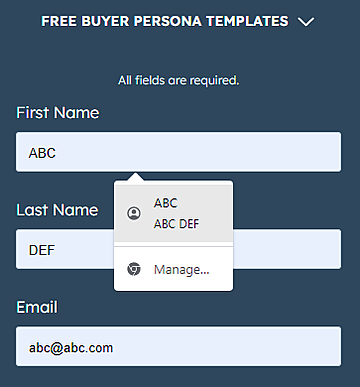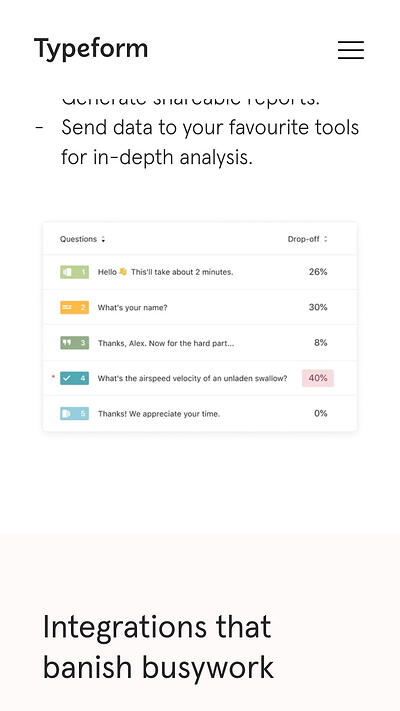SEO Website Design: Building a Search-friendly Brand Hub
By Theresa Meis
Your brand’s website design might tick all the visually appealing boxes, but is it stunning to search engines?
Effective SEO website design focuses on creating a user-friendly experience, encompassing aspects like mobile responsiveness, content visibility, and intuitive navigation.
These factors directly impact your site’s SEO performance. Search engines favor websites that deliver a positive user experience, as it indicates relevancy and value to the user’s search intent. On the flip side, a poor user experience can lead to lower search rankings.
Simply put, a website that balances exceptional design with robust SEO strategies is more likely to attract and engage your B2B audience. Let’s dive into actionable steps you can take to improve your SEO design and elevate your brand’s rankings.
SEO website design and user engagement
When you integrate SEO principles into your website design, you’re setting the foundation for better visibility and user engagement. User engagement is a key metric in evaluating the success of your website, directly influencing SEO and overall business outcomes
Engaged users are likely to spend more time on your site, explore multiple pages, and eventually convert into leads or customers.
Search engines recognize and reward websites that offer a high level of user engagement with better rankings, as it indicates the site is providing valuable, relevant content to visitors.
Integrating SEO principles into your website design
Ready to dive into SEO website design? Let’s look at some of the top tactics and best practices.
Prioritize mobile responsiveness
With the majority of online searches now conducted on mobile devices, your website must be mobile-friendly. Google uses mobile-first indexing, which means it predominantly uses the mobile version of the content for indexing and ranking. A non-responsive website can lead to a poor user experience, increasing bounce rates and negatively impacting your search engine rankings.
To optimize your website design for mobile devices, consider the following best practices:
Responsive design: Implement a responsive website design that automatically adjusts to fit the screen size of any device. This approach eliminates the need for a separate mobile site and ensures consistency in content and user experience across all devices.
Simplified navigation: Streamline your website’s navigation for mobile users. A simplified, touch-friendly navigation menu enhances usability on smaller screens.
Optimized images and media: Ensure that images and media files are optimized for fast loading on mobile devices. Use compression tools to reduce file sizes without sacrificing quality. Also, consider using responsive images that adapt in size based on the device.
Streamline your site for speed
The speed at which your website loads is a critical factor …read more
Source:: Top Rank Blog









